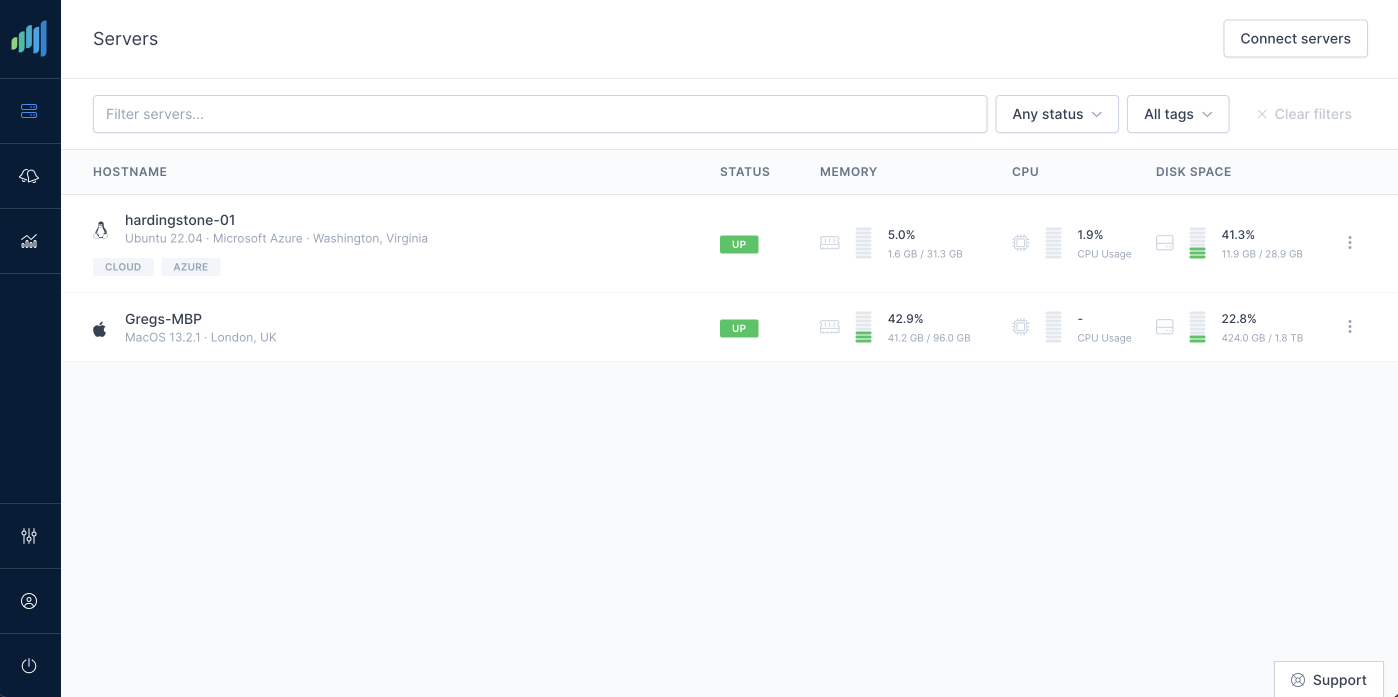Hiring US-based software developers just got 20% cheaper (due to Section 174A changes)
- startups
- management
Yesterday, the House passed a bill that effectively restores the longstanding tax treatment of U.S. software development costs, making one of your biggest growth expenses-software engineering-once again fully deductible in the year you incur it. If you’ve ever wrestled with the choice between hiring a domestic developer or sending work overseas to save money, the new Section 174A expensing rules tip the scales decisively toward homegrown talent. Here’s what startups, agencies, and technology teams need to know about why hiring a U.S.-based developer just got simpler-and often 20% cheaper after taxes.
Understanding the Old Section 174 Tax Burden
Before January 1, 2025, the IRS treated your investment in software R&D like a slow-motion write-off. Under the previous Section 174 regime, any serious spend-whether $50,000 or $500,000-had to be amortized over five years. For companies balancing runway and investor expectations, it meant burning cash up front but taking only partial tax deductions over time.
Worse yet, if you worked with overseas developers, amortization stretched over 15 years-making the tax treatment even less favorable. Despite this, many founders still picked offshore dev shops for the lower hourly costs, even when collaboration suffered.
A 2023 survey by the National Small Business Association found that over 36% of mid-sized firms delayed or reduced domestic software hiring because of cash flow penalties tied to amortization. The Congressional Budget Office estimated that the previous amortization rules reduced business investment in R&D by approximately 12% annually.
So when lawmakers passed the 2025 reconciliation bill-including permanent full expensing of domestic R&D-it wasn’t just a footnote. It was a return to a friendlier tax environment that levels the playing field, and a change that we, the tech community had been lobbying for throughout the better part of the last three years.
The 2025 Section 174A Game Changer
Starting in 2025, companies can deduct 100% of U.S.-based research and experimental expenses in the same year they occur. If you prepay a domestic software development contract or engage an American freelancer, the entire cost is immediately deductible.
Let's take a simple example:
Case Study: A SaaS startup in Austin hires a U.S. developer to build a payment integration module for $120,000. Under the old rules, they would write off only $24,000 in year one. Now, they deduct all $120,000 immediately-freeing up ~$25,200 in cash (assuming a 21% corporate tax rate).
Meanwhile, the cost of offshore contracts remains amortized over 15 years-so only $8,000 of that same spend becomes deductible in year one.
This isn’t a theoretical advantage. For startups running lean, that cash can fund marketing, customer support, or an additional sprint.
Real-World Impact: Why This Matters for Your Business
The shift from amortization to immediate expensing fundamentally changes how you should think about development investments. Beyond the obvious cash flow benefits, this creates strategic advantages that ripple through your entire business model.
Consider the competitive landscape: while your offshore-dependent competitors are still locked into 15-year amortization schedules, you can pivot faster, test new features more aggressively, and respond to market changes with the financial flexibility that only immediate deductions provide.
Implementation Strategy for 2025 Projects
If you’re planning a development project in 2025 or beyond, you can leverage this law in a few ways:
- Prepay contracts to accelerate deductions: Many companies negotiate upfront payments to claim the full deduction in a single tax year.
- Classify qualifying activities properly: Work tied to new features, process improvements, or infrastructure usually counts as R&D.
- Document scope and milestones: Clear records help your accountant substantiate deductions and, if applicable, the R&D Tax Credit.
And if you’re wondering whether this applies to software DevOps and cloud infrastructure: yes-it often does. The law specifically includes “software development and systems design,” which means your cloud architecture build-outs can qualify.
In the past, you had to choose between affordability and alignment when hiring software talent. Thanks to the new Section 174A provisions, you don’t have to compromise. Hiring a U.S.-based developer in 2025 is no longer a luxury-it’s often the smartest financial move you can make.
If you’re ready to seize this opportunity, I’d love to help.
I’m a U.S.-based, AWS-certified full-stack developer with 20+ years of experience across finance, SaaS startups, and web agencies. My work has earned industry awards, and I’m as comfortable designing elegant interfaces as I am deploying secure infrastructure.
I’d love to hear about what you’re planning and see how I can help.
Get in touch to schedule a free introductory call.
PS. If you liked this article, please share to spread the word.
